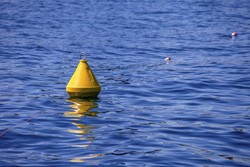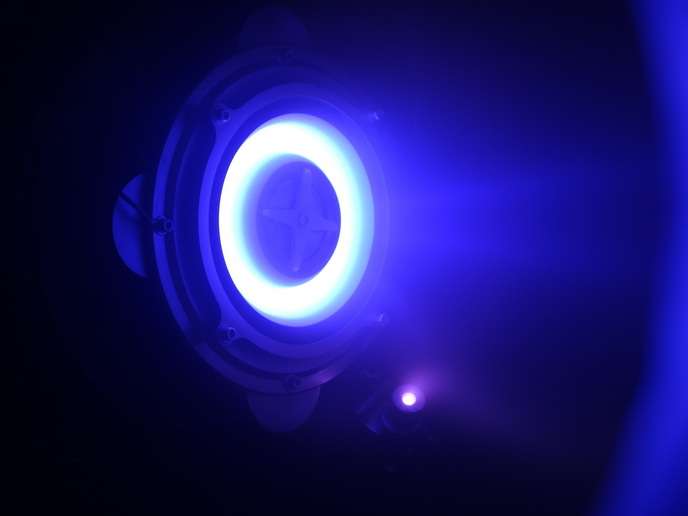New Argo floats
Argo is a network of 3 000 oceanographic buoys; Argo is vital for climate modelling, and also the most important data source for Europe's Copernicus Marine Service (formerly named GMES Marine Service). Although float technology is evolving to include new capabilities, considerable testing will be required. The EU-funded E-AIMS(opens in new window) (Euro-Argo improvements for the GMES Marine Service) project evaluated new float technologies in preparation for an upgrade. The consortium also upgraded the Argo data centres, and tailored Argo to better provide for existing and future needs. The outcome was a framework for governing research infrastructure. Researchers first specified the necessary float characteristics, then designed the floats accordingly and adapted sensors. The new floats were ordered, manufactured and then tested at sea. Simultaneously, the group upgraded the Argo data centres to process and distribute the new data. Extensive experiments and simulations led to recommendations for the next phase of Argo. The team successfully demonstrated the suitability of the new floats for the Copernicus Marine Service. As a result of E-AIMS' testing of proposed new float technologies and designs, the Copernicus Marine service is able to implement a new research phase.







